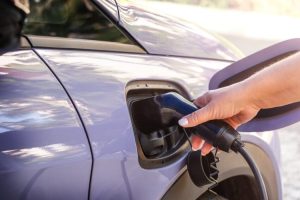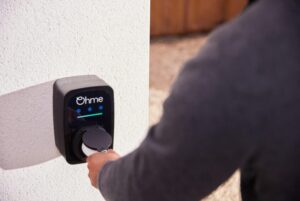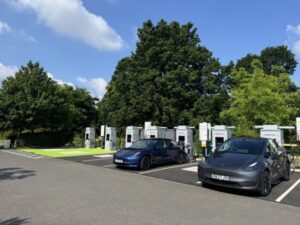24M Technologies has developed a new battery technology that could deliver 50% more range for electric vehicles without making battery packs any bigger.
The Massachusetts company’s ETOP (electrode-to-pack) system eliminates many traditional battery components by sealing electrodes directly in thin polymer films. This approach replaces the standard method of building packs from individual cells grouped into modules.
Traditional battery construction wastes significant space on non-energy carrying materials, according to 24M.
How the Technology Works
The ETOP system achieves higher energy density by maximizing the proportion of space dedicated to actual energy storage. Energy-carrying electrodes make up 80% of the pack’s volume – compared to just 30% to 60% in conventional battery packs.
This design works with any current battery chemistry. That includes the most common types like nickel manganese cobalt (NMC) and lithium iron phosphate (LFP), plus newer options like lithium-titanium-oxide (LTO) and sodium-ion.
For automakers, this flexibility means two key advantages: longer ranges using the same chemistry, or maintaining current ranges while switching to cheaper, safer battery materials.
A practical example shows the potential impact. An NMC pack could jump from 75kWh to 100kWh capacity in the same physical space – delivering 33% more range.
Manufacturing Benefits
The technology also offers new design possibilities for vehicle manufacturers.
Cells can be arranged in virtually any shape, allowing custom pack designs for different vehicle types. The system adapts to various voltage requirements, from 48V hybrid batteries to 800V architecture used in high-performance EVs.
“Minimising packaging materials and wasted space, 24M ETOP brings a step change in performance, maximising energy density,” said Naoki Ota, president and CEO at 24M Technologies.
“24M ETOP makes it easier to build compact, flexible and safe high voltage batteries, presenting a revolutionary opportunity for electric vehicle manufacturers – longer ranges with the same chemistry or the same range with lower cost, safer chemistries, both in the same space.”
The ETOP system represents one approach to improving current lithium-ion technology. Meanwhile, solid-state batteries continue advancing as another path toward higher energy density and faster charging.
Mercedes-Benz recently demonstrated solid-state potential when an EQS traveled 749 miles on a single charge from Stuttgart to Malmo.
Both technologies could reshape EV capabilities – whether through 24M’s more efficient packaging or solid-state batteries’ fundamental chemistry improvements.





